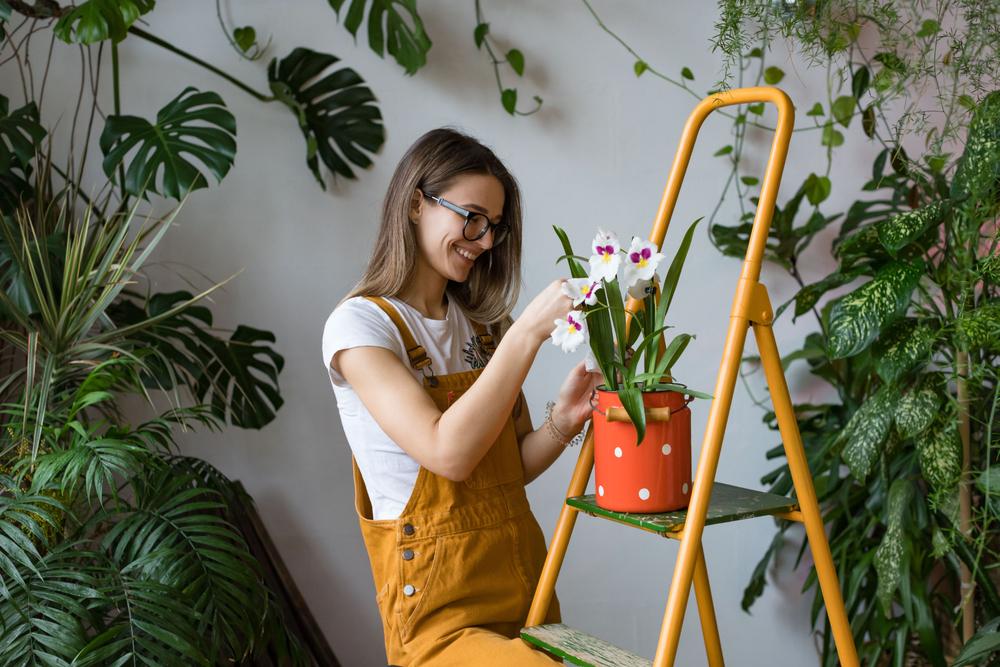In the 1960s, NASA put men on the moon. In 1989, they joined forces with the Associated Landscape Contractors of America to learn how to maximize the air-scrubbing potential of plants in sealed environments, such as space stations. Dozens of plants were screened for their ability to not only absorb carbon dioxide and release oxygen via photosynthesis, but also for their ability to remove volatile organic compounds, including benzene, formaldehyde, and trichloroethylene.
The NASA Clean Air Study resulted in a Top 10 list. You may have seen many of these plants around the office, as they’re attractive and relatively easy to maintain—not realizing what great co-workers they truly are.





